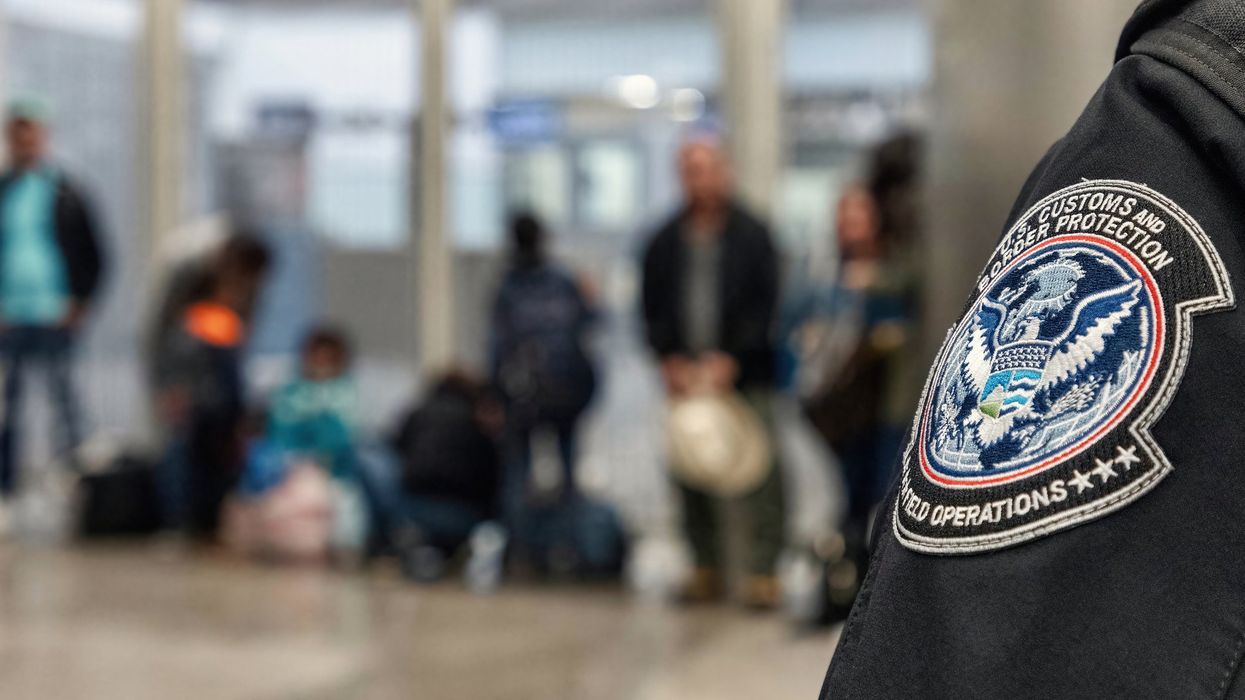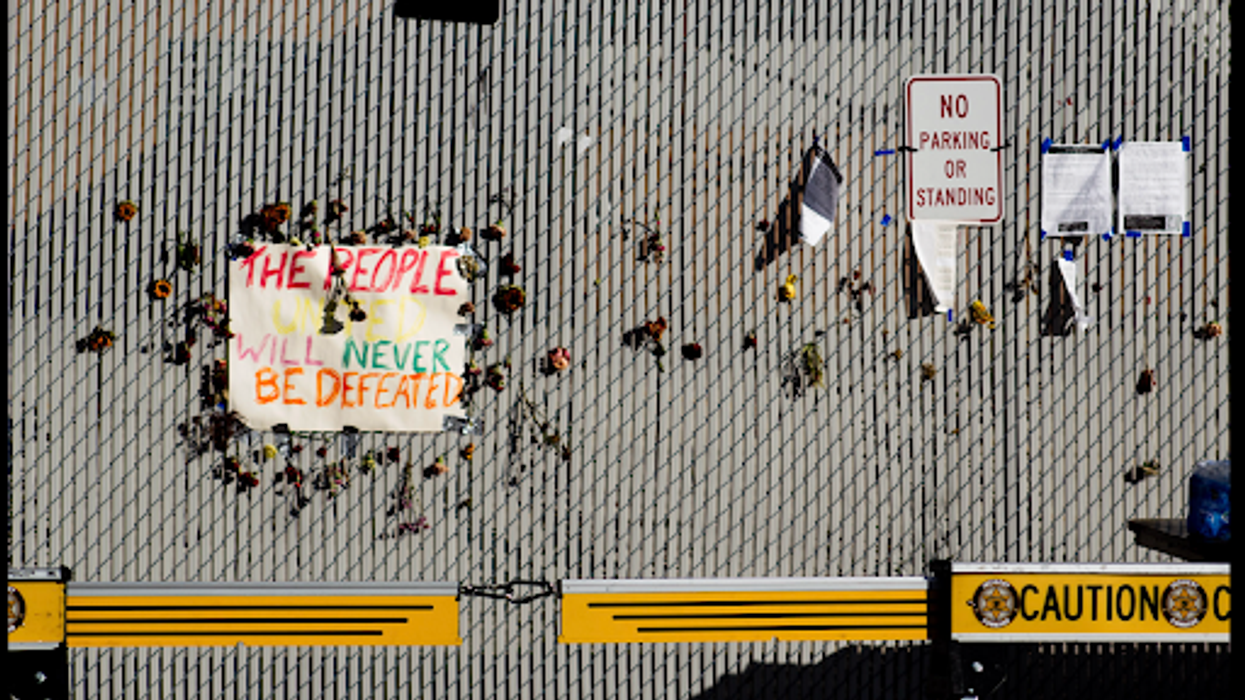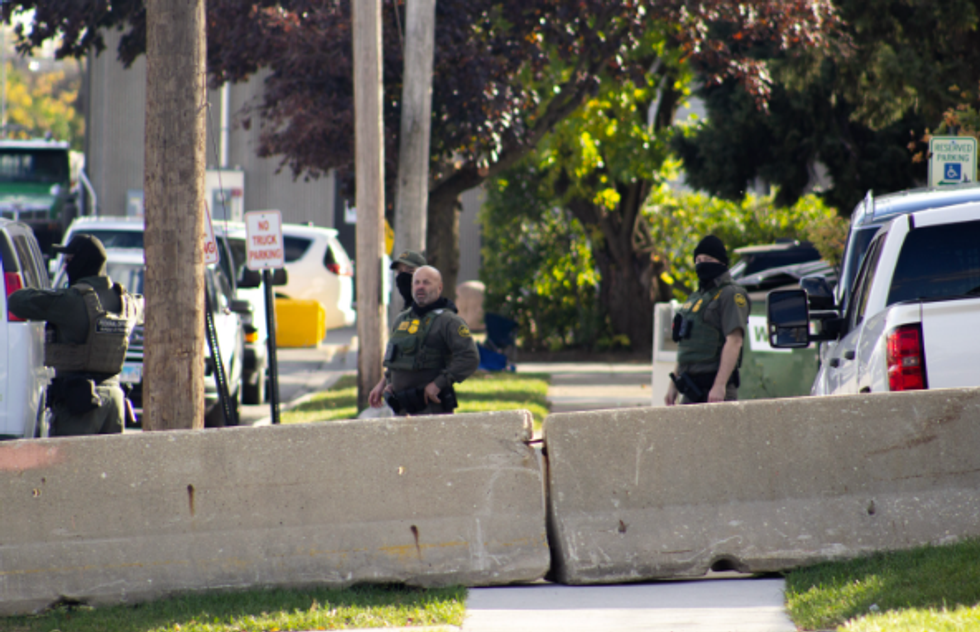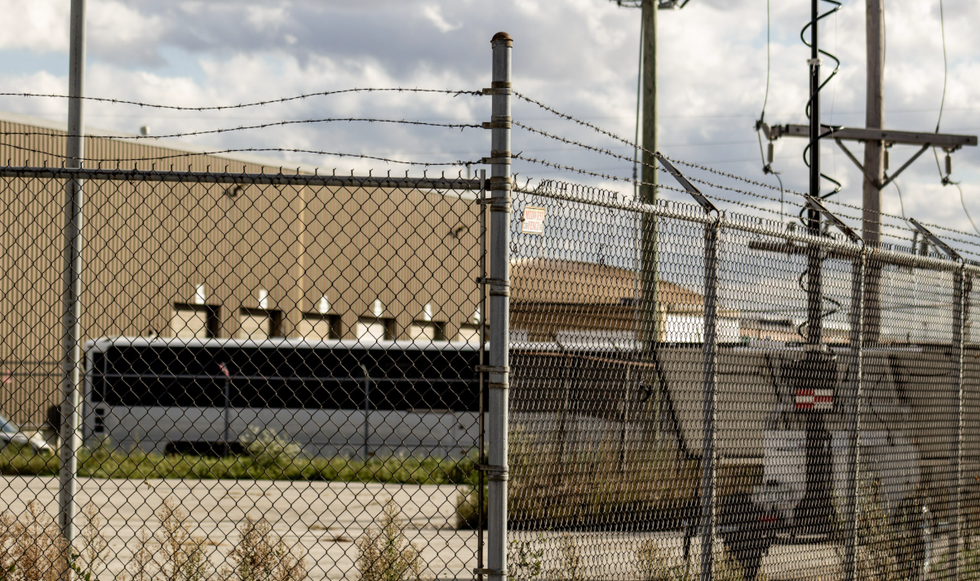Introduction
The Supreme Court’s recent decision in September 2025 to stay a lower court’s order in Vasquez Perdomo v. Noem marks a significant development in the ongoing debate over the balance between immigration enforcement and constitutional protections. The decision temporarily lifted a district court’s restrictions on Immigration and Customs Enforcement (ICE) operations in the Los Angeles area, allowing agents to resume certain enforcement practices while litigation continues. Although the decision does not resolve the underlying constitutional issues, it does have significant implications for immigration policy, law enforcement authority, and civil liberties.
Background
In June 2025, the Trump administration ordered large-scale ICE raids across the Los Angeles region, which had declared itself a “sanctuary” for undocumented immigrants in November 2024. Following these operations, in July 2025, Judge Maame Ewusi-Mensah Frimpong of the U.S. District Court for the Central District of California issued a temporary restraining order (TRO) in Perdomo v. Noem. The TRO barred ICE officers from relying on specific factors as the sole or combined basis for establishing “reasonable suspicion” during detentive stops.
The TRO prohibited reliance on:
- Apparent race or ethnicity
- Speaking Spanish or English with an accent
- Presence at particular locations (bus stops, laboring sites, agricultural areas)
- Type of work one does
The Department of Justice (DOJ) appealed the order, arguing that it hindered ICE’s ability to enforce federal laws. The Ninth Circuit partially narrowed, but largely upheld, the restrictions. On August 7, 2025, the U.S. Government, represented by the Department of Homeland Security (DHS) and Secretary Noem, petitioned the Supreme Court for emergency relief, claiming the lower court’s order threatened to impede ICE operations in an area where roughly 10 percent of residents are undocumented.
On September 8, 2025, the Supreme Court in a 6-3 vote granted a stay pending appeal–temporarily halting the TRO issued by the lower court, and restoring ICE enforcement authority in the Los Angeles region. No majority opinion was issued–Justice Kavanaugh’s concurring opinion is the only guiding insight offered for the decision. The decision occurs within a broader context of the Trump Administration’s stepped-up immigration enforcement. According to TRAC immigration data, arrest locations are concentrated in states like Texas, California, and Florida, with a majority of those detained having no criminal conviction. As of September 21, 2025, there were 59,762 people in ICE detention nationwide.
Arguments in Favor of the Supreme Court Decision
Supporters of the Supreme Court’s decision suggest that the stay allows the federal government to continue enforcing immigration laws effectively, free from unnecessary limitations. Justice Kavanaugh expressed, in his concurring opinion, that the government would likely suffer irreparable harm if the TRO remained in place given the scale of illegal immigration in Los Angeles–estimated at two million individuals, or about 10 percent of the regional population. Proponents, including DHS Security spokeswoman Tricia McLaughlin, claim the decision enables ICE to continue removing dangerous criminal aliens, including gang members and violent offenders. The government argued that officers should be able to rely on behavioral and contextual clues—such as language or worksite patterns—when conducting immigration enforcement in high-traffic regions, suggesting that restricting these factors creates unrealistic barriers to effective enforcement.
In addition, supporters claim that ethnicity is a relevant factor to consider for immigration enforcement. Justice Kavanaugh’s concurrence drew on the 1975 Supreme Court precedent in United States v. Brignoni-Ponce, which allows ethnicity to be one factor–though not the sole factor–in forming reasonable suspicion for immigration stops near the border. Moreover, he reasoned that ethnicity, language, and location could serve as relevant indicators when considered alongside other facts in regions with high levels of unauthorized migration. Supporters of the decision contend that such “common-sense” criteria reflect demographic and situational realities rather than racial bias, a view articulated in Justice Kavanaugh’s concurrence.
Proponents also interpret the ruling as a win for rule of law and public safety – reaffirming the nation’s immigration laws and the executive branch’s authority to enforce them. Statements from DHS and conservative Members of Congress such as Jodey Arrington, praised the decision as ensuring that federal courts do not undermine national immigration policy. Kavanaugh noted that undocumented immigrants are not only violating the immigration laws, but also jumping in front of those noncitizens who follow the rules and wait in line. Kavanaugh further cautioned that Article III judges are not appointed to make enforcement policy, noting that while administrations may vary in approach, it is not the judiciary’s role to dictate immigration enforcement priorities. Supporters see this as reinforcing the separation of powers and preserving the executive’s discretion in law enforcement.
Arguments Against the Supreme Court Decision
Opponents of the decision argue that it could lead to an increased risk of racial profiling and intimidation. Critics, such as the American Immigration Council (AIC), argue the ruling effectively greenlights racial profiling, allowing ICE to engage in “roving patrols” meant to target individuals based on appearance, language, or occupation. The district and appellate courts had previously determined that these practices amounted to unconstitutional racial profiling. Justice Sotomayor’s dissent warned that the ruling risks turning Latinos into second-class citizens, allowing the government to seize anyone who looks Latino, speaks Spanish, and appears to work a low-wage job. Stanford Law professor, Jennifer M. Chacón, emphasizes that nearly half of Los Angeles residents identify as Hispanic, while roughly one-third of undocumented immigrants nationwide come from non-Latin American countries–making ethnicity a poor proxy for immigration status. Opponents, such as the Feminist Majority Foundation (FMF), also argue that such reasoning reinforces existing stereotypes of Latino and immigrant communities as inherently criminal, increasing fear and distrust between law enforcement and residents.
The Fourth Amendment protects individuals from unreasonable searches and seizures. Under the Fourth Amendment, a search ordinarily must be based on individualized suspicion of wrongdoing. Sotomayor argued that, based on the legal standard set in Terry v. Ohio (1968), ICE’s reliance on broad factors like appearance, language, and type of work fails to meet the constitutional requirement for individualized, articulable suspicion. She further claims these factors describe a very large category of presumably innocent people, violating the principle of freedom from arbitrary interference by law officers. The ACLU similarly warned that the decision erodes protections for both citizens and noncitizens by expanding the scope of “reasonable suspicion” to include racial or cultural characteristics.
Critics, including the AIC, further caution that the ruling could embolden ICE to conduct more aggressive operations–heightening risks of wrongful arrest, violence, and mistreatment in detention. Sotomayor’s dissent highlights how past raids in Los Angeles have involved armed, masked agents using force, sometimes detaining U.S. citizens and lawful residents. FMF has stated that these aggressive immigration crackdowns have been accompanied by an increase in gender-based and sexual violence. They bring up reports that point to a history of sexual assault, health neglect, and abuse within ICE detention facilities, disproportionately harming women and children. In addition, the U.S. Government Accountability Office (GAO) has found deficiencies in DHS and ICE field operations and oversight—particularly related to environmental health and safety, such as water quality, and food service, such as sanitary conditions. Opponents argue that expanded enforcement may exacerbate these human rights concerns.
Conclusion
The Supreme Court’s stay in Vasquez Perdomo v. Noemdoes not resolve the underlying constitutional questions surrounding immigration enforcement. Instead, it merely stays the TRO while litigation continues, potentially setting the stage for a future Supreme Court hearing. In the short term, the ruling effectively reauthorizes ICE operations across Los Angeles and similar jurisdictions, allowing enforcement practices halted by the lower court to resume—an outcome visible in the expanded raids currently taking place in cities like Chicago. If the Court ultimately upholds these practices in an official ruling, it could significantly broaden the permissible use of appearance, language, and work-related factors in determining reasonable suspicion nationwide. The decision aligns with President Trump’s broader immigration agenda, particularly visible in the framework of the recently adopted One Big Beautiful Bill Act (OBBBA), which emphasizes expanded federal and state-level immigration enforcement authority. Longer-term, the outcome could shape the balance between public safety, immigration enforcement, and constitutional protections—issues likely to remain contested as appeals and potential legislation continue.
Kallista Ramirez is a recent first-generation Hispanic graduate from the University of Miami, where she earned a B.A. in Political Science with a minor in Health Management and Policy.
Public Safety or Profiling? Implications of Vasquez Perdomo v. Noem for Immigration Enforcement in the U.S. was originally published by the Alliance for Civic Engagement and is republished with permission.



















 Protest signs and resource information posters were hung up around a resource tent in Broadview, Illinois. Credit: Britton Struthers-Lugo, Oct. 30, 2025.
Protest signs and resource information posters were hung up around a resource tent in Broadview, Illinois. Credit: Britton Struthers-Lugo, Oct. 30, 2025. Rubber bullet wounds on Bryan’s back, after a day of protesting at the Broadview ICE facility in mid-September. He wears hospital scrubs, acquired after receiving medical attention following the pepper-spray incident earlier in the day. He returned to protest after being discharged from the hospital.Credit: Adriano Kalin (@adriano_kalin).
Rubber bullet wounds on Bryan’s back, after a day of protesting at the Broadview ICE facility in mid-September. He wears hospital scrubs, acquired after receiving medical attention following the pepper-spray incident earlier in the day. He returned to protest after being discharged from the hospital.Credit: Adriano Kalin (@adriano_kalin). ICE officers gathered outside the Broadview detention center. Yellow identifying badges can be seen on the front of their uniforms and on their shoulders. Credit: Britton Struthers-Lugo, Oct. 30, 2025.
ICE officers gathered outside the Broadview detention center. Yellow identifying badges can be seen on the front of their uniforms and on their shoulders. Credit: Britton Struthers-Lugo, Oct. 30, 2025. Screengrab from the Chicago Council of Lawyers. Designed by
Screengrab from the Chicago Council of Lawyers. Designed by  A white bus waits outside the Broadview Detention Center to transport detainees to a permanent detention center or to an airport. The Broadview Detention Center cannot hold detainees for longer than 12 hours, though to reflect increased enforcement operations this has been increased to 72 hours. Longer stays have been recorded since Operation Midway Blitz. Credit: By Britton Struthers-Lugo, Oct. 30, 2025.
A white bus waits outside the Broadview Detention Center to transport detainees to a permanent detention center or to an airport. The Broadview Detention Center cannot hold detainees for longer than 12 hours, though to reflect increased enforcement operations this has been increased to 72 hours. Longer stays have been recorded since Operation Midway Blitz. Credit: By Britton Struthers-Lugo, Oct. 30, 2025. A paper outlining resources and ways to report federal law enforcement activity around Chicago hangs on a gate in the protestor “free speech zone”.Credit: Britton Struthers-Lugo. Oct. 30, 2025.
A paper outlining resources and ways to report federal law enforcement activity around Chicago hangs on a gate in the protestor “free speech zone”.Credit: Britton Struthers-Lugo. Oct. 30, 2025.